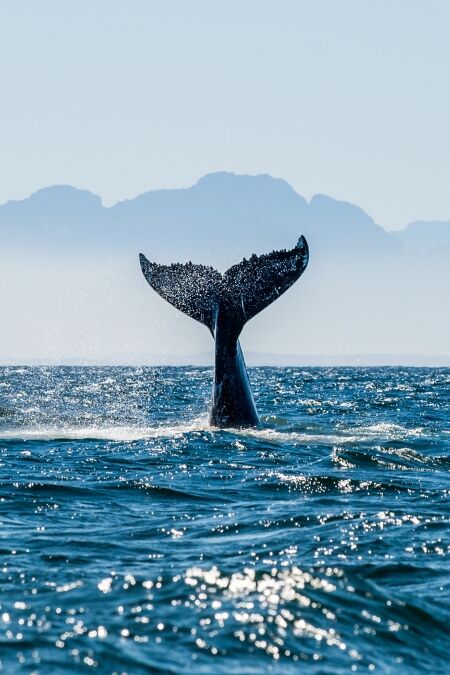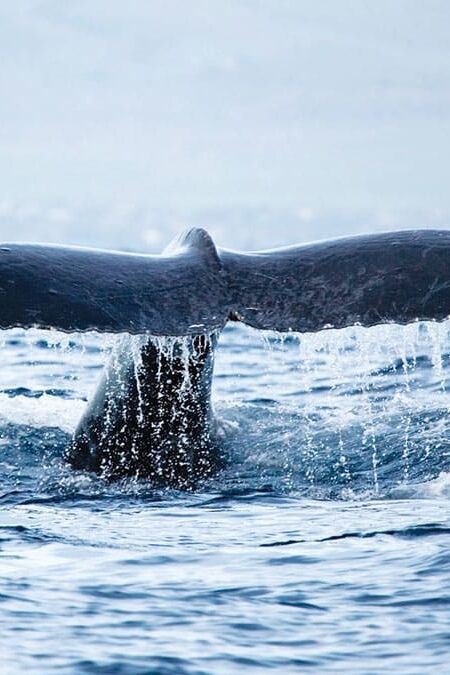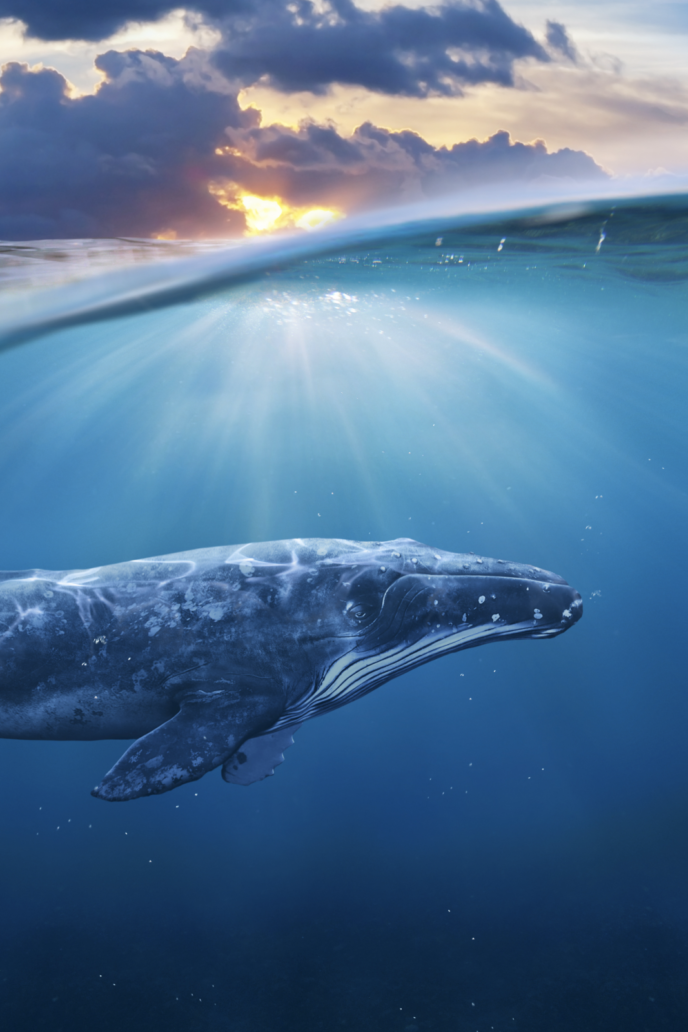Whale photography is an exhilarating pastime, offering both amateur and professional photographers the opportunity to capture the magnificence of these marine giants in their natural habitat. The experience can be both rewarding and challenging, as the unpredictability of the ocean and the elusive nature of whales require a blend of patience, timing, and technical skill. This guide aims to provide you with insightful tips and techniques to enhance your whale photography journey, ensuring that you can immortalize these breathtaking moments with clarity and creativity.
Understanding Your Equipment
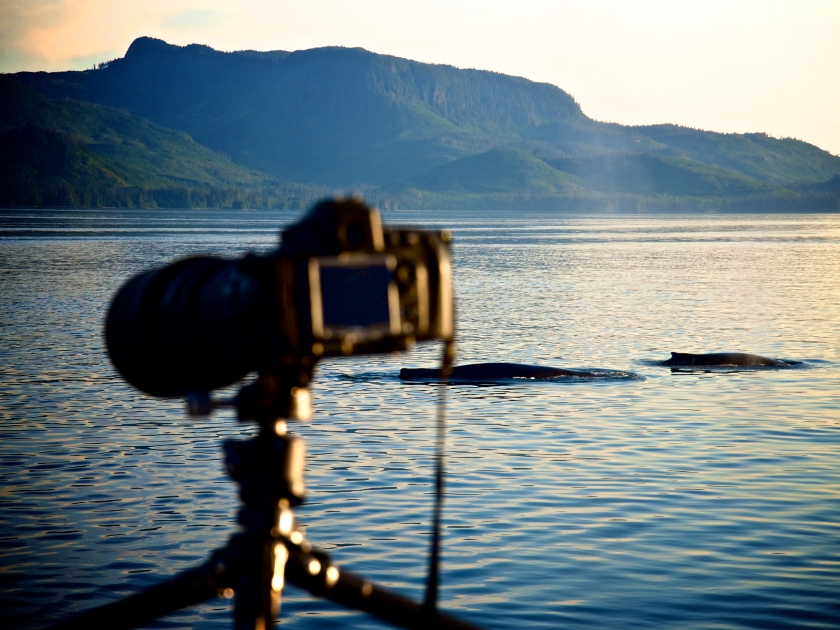
When venturing into whale photography, choosing the right camera is crucial, and it should be tailored to the specific type of photography you intend to pursue. To ensure your whale photos are detailed and visually striking, consider lens recommendations that cater to both distant and close-up shots. A versatile lens selection will empower you to adapt to different scenarios and capture the awe-inspiring details of these magnificent creatures. In addition to your camera and lenses, investing in supplementary gear is essential for a well-rounded photography kit. Tripods provide stability for longer exposures, stabilizers can be crucial for capturing steady shots from moving platforms, and waterproof housing is imperative, especially for underwater photography, to protect your equipment from the elements and potential water damage.
Choosing the Perfect Location

The location you choose for whale photography plays an instrumental role in the success of your endeavor. Opt for regions known for their whale populations during migration seasons, as this increases your chances of sighting and photographing these magnificent mammals. Hawaii, with its rich marine life, is an exceptional location for whale photography. The island chain offers numerous spots that are renowned for frequent whale sightings, particularly during the winter months when humpback whales migrate to these warmer waters. Coastal areas often provide excellent vantage points for whale sightings. Boat-based photography trips can also offer closer encounters, but ensure the [tour operator] follows ethical practices concerning the whales’ wellbeing. Researching and understanding the local whale behaviors, tides, and weather conditions of your chosen location can significantly augment your photo opportunities.
Understanding Whale Behavior
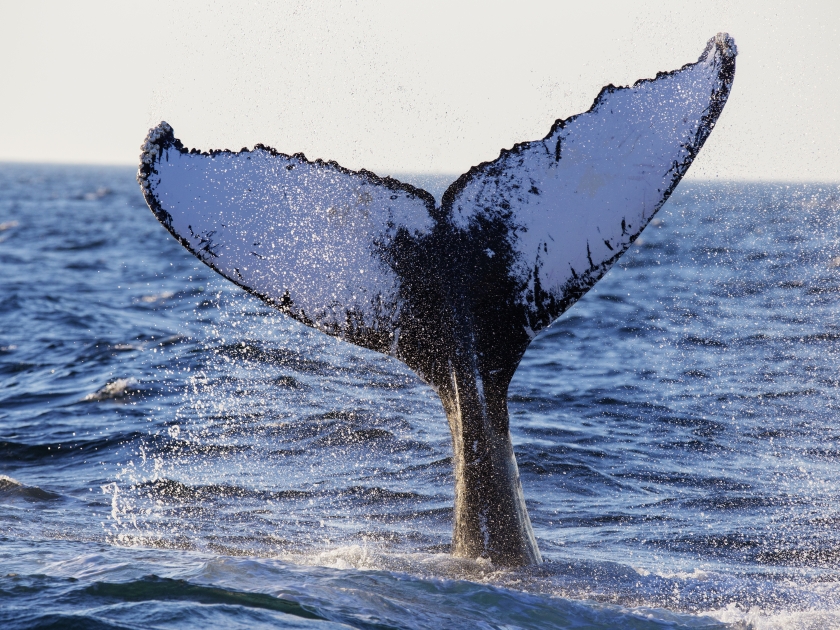
Beyond the technical aspects of operating a camera, grasping the nuances of how these majestic creatures move, communicate, and navigate their environments is fundamental. Whales are known for their distinctive behaviors such as breaching (jumping out of the water), spy hopping (raising their heads vertically out of the water), and tail slapping. Knowing these behaviors and being able to anticipate them can provide valuable moments to capture. For instance, if a whale’s body is arching and the tail lifts higher out of the water, it might suggest the whale is preparing to dive deeper, offering an opportunity for a fantastic tail shot. [Researching specific whale species] for photography adds a layer of intentionality to the photographic process. Different species exhibit unique behaviors, and understanding these nuances helps photographers align their expectations and preparations accordingly. Keep in mind that whales are wild animals, so patience and respect are essential.
Learn More: A Beginner’s Guide to Understanding Whale Behavior
Photography Techniques for Capturing Whales
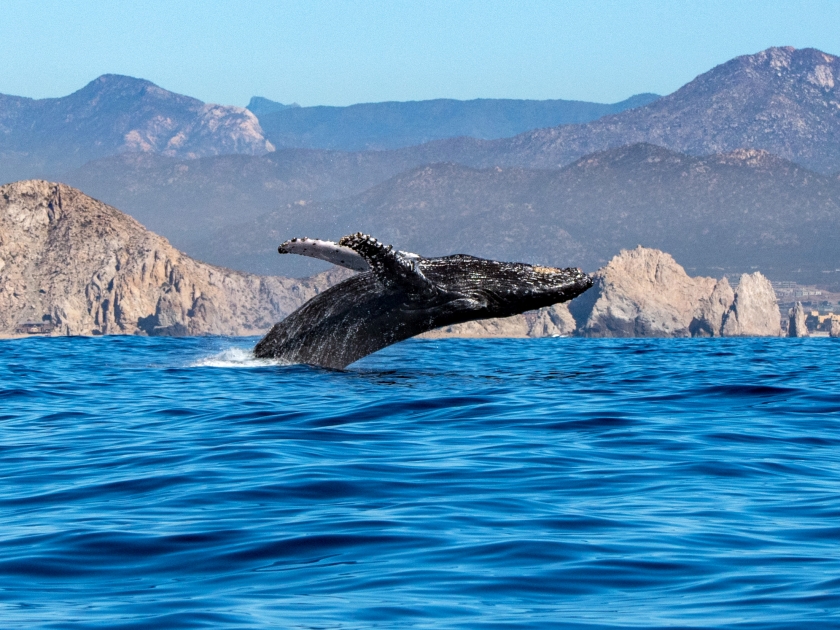
Lighting and Composition
Lighting plays a key role in all forms of photography, and whale photography is no exception. Embracing the magic of sunrise can elevate whale photography to new heights by incorporating dramatic lighting effects. The soft, warm tones during these golden hours create a captivating ambiance that enhances the visual appeal of the photographs. To get the best shots, try to position yourself with the sun behind you, illuminating the whale and reducing the risk of silhouette images. Strategic positioning of the whales against the backdrop of a sunrise not only imparts a sense of ethereal beauty but also adds a touch of drama and emotion to the overall narrative of the images. For composition, try to follow the rule of thirds, placing the whale off-center for a more dynamic shot. Including some of the surrounding environment can also provide context and scale.
Framing Shots to Highlight the Size and Grace of Whales
When photographing whales, highlighting their size and grace requires thoughtful framing. Utilizing the surrounding elements, such as the ocean’s vast expanse or the curvature of a wave, can provide scale and context, emphasizing the sheer magnitude and elegance of these marine mammals. Experimenting with different angles and perspectives allows photographers to showcase the majestic presence of whales in their natural environment, creating images that resonate with viewers on a visceral level.
Continuous Shooting Mode
Whales are fast and unpredictable. To increase your chances of capturing that perfect moment, use the continuous shooting mode (also known as burst mode) on your camera. This mode allows you to take multiple frames per second, ensuring you don’t miss any action.
Focusing
Autofocus is your friend in whale photography. Because whales move quickly and unpredictably, manual focus can be challenging to adjust rapidly. Use the autofocus mode of your camera and try to focus on the whale’s eye or the closest part of the whale to the camera.
Utilizing Natural Elements for Added Visual Appeal
To enhance the visual appeal of whale photos, photographers can leverage natural elements in their surroundings. Capturing whales against the backdrop of crashing waves, reflections on calm waters, or the golden hues of a sunset can add a captivating dimension to the images. These natural elements not only contribute to the aesthetic quality of the photographs but also evoke a sense of the whales’ habitat, creating a more immersive and emotionally resonant visual experience for the audience.
Post-Processing Tips
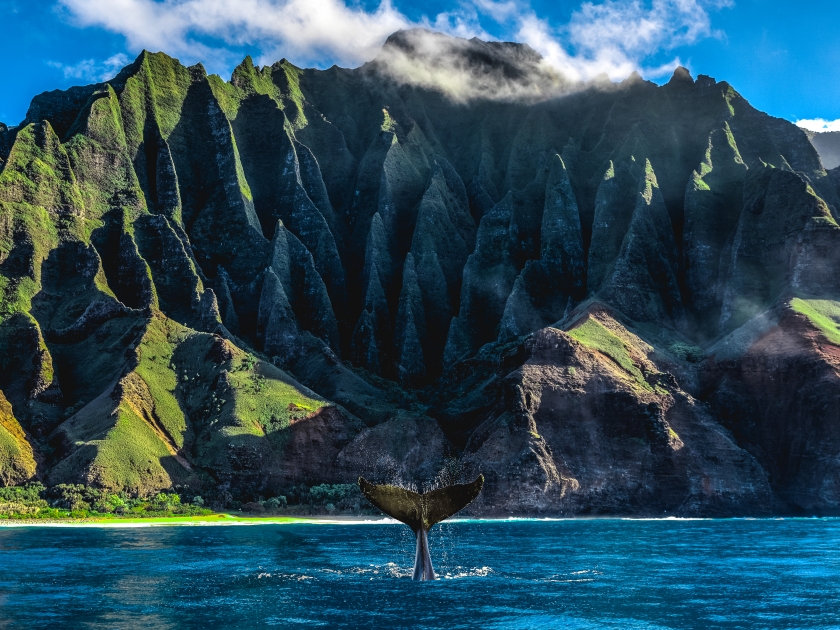
- Exposure, Contrast, and Color Balance: Begin post-processing with simple adjustments in software like Adobe Lightroom. Focus on exposure, contrast, and color balance to highlight key elements.
- Contrast and Clarity: Increase contrast and clarity to make the whale stand out. Consider darkening the water slightly for added emphasis.
- Color Correction: Aim for a balanced color correction that reflects the true colors of the scene. Note that whales are typically blue-grey, and water can vary from deep blue to turquoise.
- Close-Up Shot Enhancement: For close-up shots, sharpen details such as the whale’s eye, skin texture, or blowhole spray. Exercise caution to avoid overdoing it; subtlety enhances natural beauty.
- Cropping for Composition: Use cropping to improve composition, applying the rule of thirds or removing distractions. Adjust orientation if needed for a more compelling shot.
Ethical Whale Photography
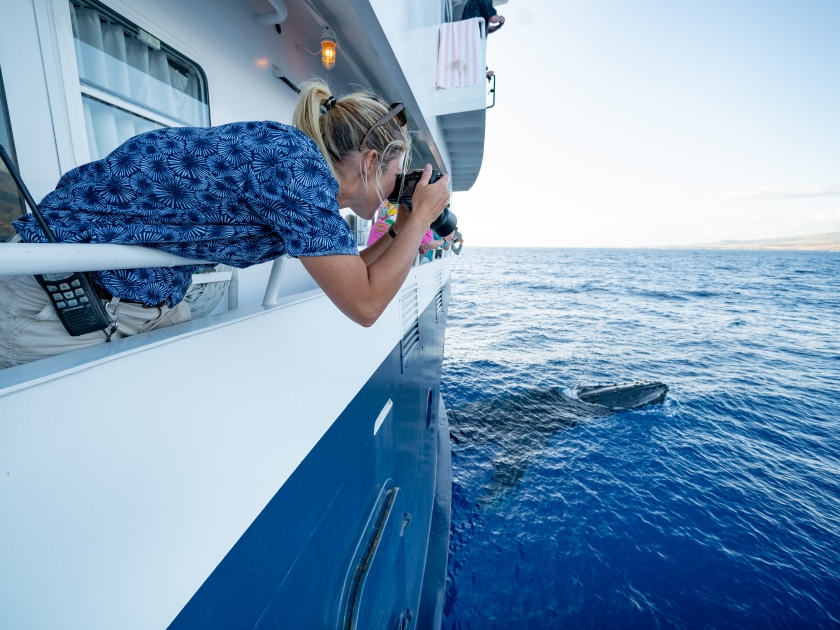
Use your photographs to raise awareness about the importance of whale conservation. Never approach a whale too closely. Maintain the recommended distance specified by local wildlife laws and regulations, which is typically a minimum of 100 yards. Do not chase whales to get a photograph. This can cause unnecessary stress to the animals. Your goal should be to observe and document natural behaviors, not to disturb or alter them. Whales are wild animals and do not perform on cue. Be patient, and wait for them to surface naturally. Understand the species you are photographing and learn to read their signs of distress or discomfort. If a whale starts to exhibit stress behaviors, it’s time to back away. If you’re going on a whale-watching tour, choose operators who follow responsible wildlife-viewing guidelines.
Inspire a Deeper Appreciation for Whales through Your Lenses
Whale photography, like any other form of wildlife photography, requires practice, patience, and a deep appreciation for the subject. With the right planning, knowledge of whale behavior, photography techniques, post-processing skills, and adherence to ethical guidelines, anyone can capture the beauty of these marine giants. Remember, the welfare of these majestic marine mammals should always be more important than getting the “perfect shot”. By following these guidelines, you can ensure your whale photography is both rewarding and respectful.


